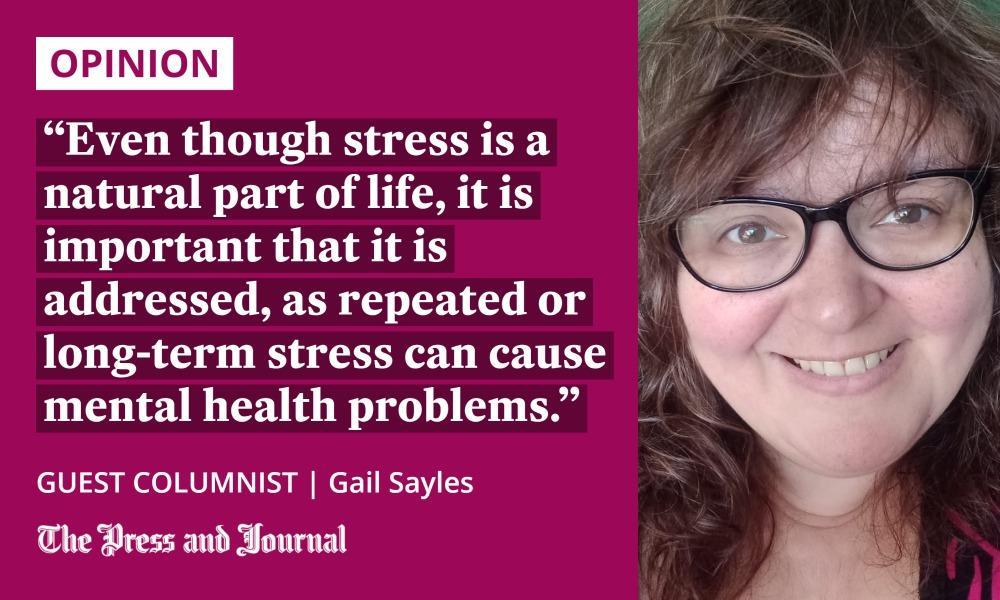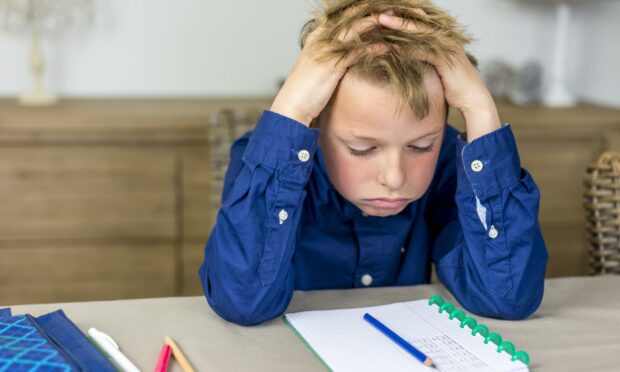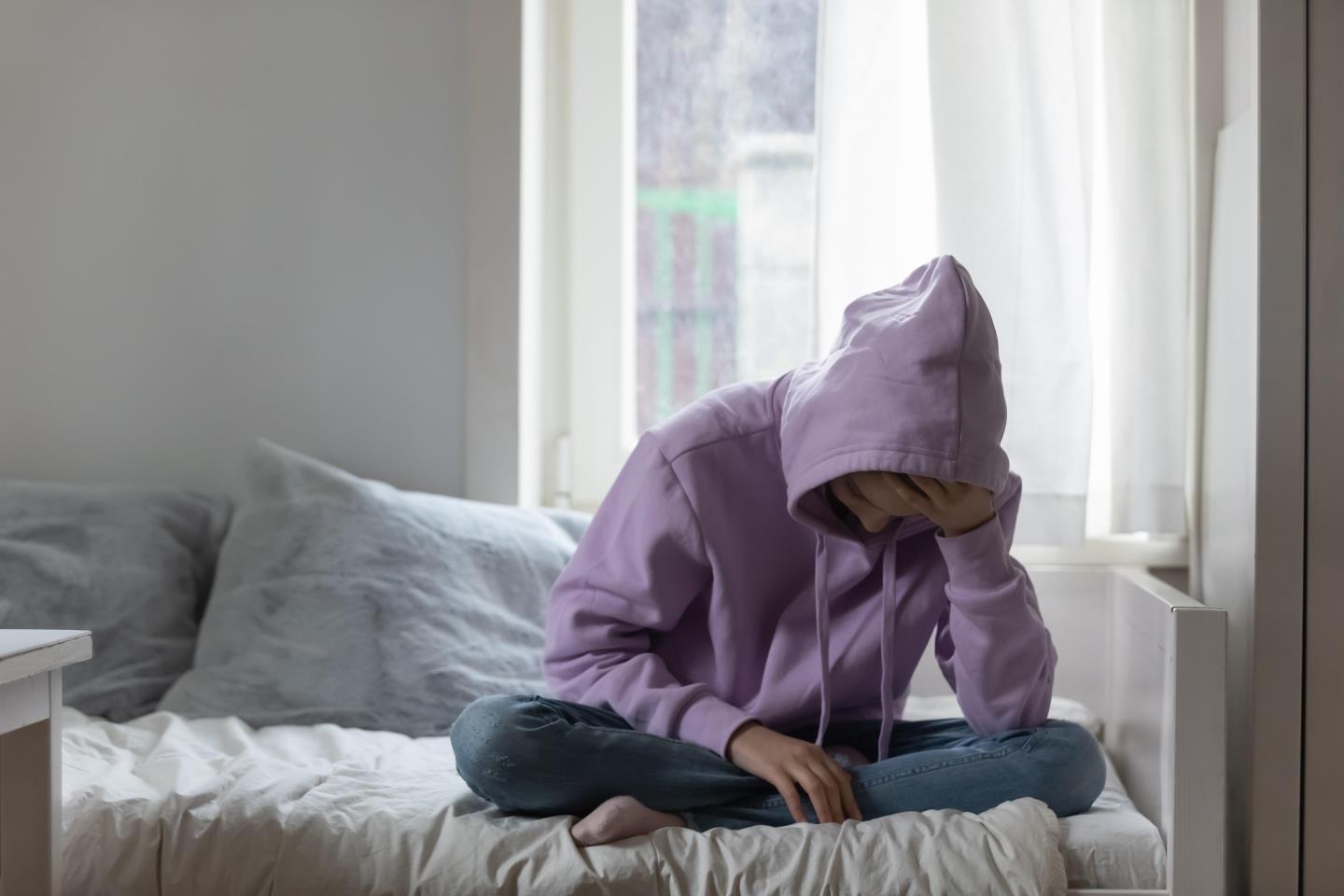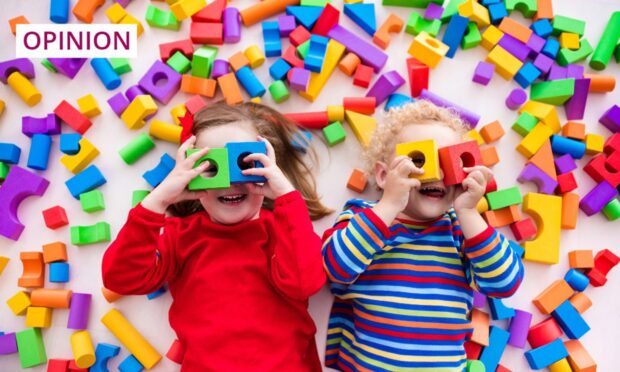Most people experience stress from time to time, and probably more so over the past couple of years, with the hardships brought about by the pandemic.
Even though stress is a natural part of life, it is important that it is addressed as repeated or long-term stress can cause mental health problems, such as anxiety or depression.
Counsellors at the NSPCC’s Childline service regularly speak to children who are under pressure and feel stressed, which has resulted in them experiencing anxiety and low mood.

April marks the 20th annual Stress Awareness Month, which is held each year to raise awareness of the causes and potential cures for stress. I thought this would be a good opportunity to offer a few thoughts on how to spot signs of stress and anxiety in children, as well as how to help them with these issues.
Stress symptoms are different for everyone
The symptoms of stress can vary from person to person. Some children may try to hide how they are feeling because they worry they won’t be taken seriously, they don’t want to be a burden, think others won’t understand or believe that no one can help them.
There may be an issue with schoolwork your child is worried about, or it could be to do with a relationship
If you notice your child is experiencing sudden mood or behaviour changes, sleeping problems, a drop in academic performance or changing their social habits and avoiding others, it’s possible they have something on their mind. And it’s important to have a conversation with them.
Ask how they are feeling and, if anything is wrong, reassure them that everyone feels stressed from time to time. Encourage them to talk about their feelings. Also, try to find out the cause of the stress.
There may be an issue with schoolwork your child is worried about, or it could be to do with a relationship. They might be worried about a loved one, or feel overwhelmed by the news of world events or thoughts about their future.
Explore ways to manage stress together
It can be helpful to explore ways to help manage their stress together. Some children find it useful to write or draw about their thoughts and feelings, while others find exercise or sports can help them to relax.
Encouraging young people to talk about how they feel is one of the best ways to help them. Whether they talk to you, a teacher, a friend, or one of our Childline counsellors, it will help them realise that they don’t have to face things alone.
There is more information on the Childline website. Using the site’s Art Box is a great way for children to creatively deal with their stress, while the message boards let them speak with others their own age who are experiencing similar situations.
There’s also help available on the NSPCC website for parents or carers who are worried about the wellbeing of a child, or who would like advice on how they can help a young person.
Gail Sayles is NSPCC Scotland local campaigns manager











